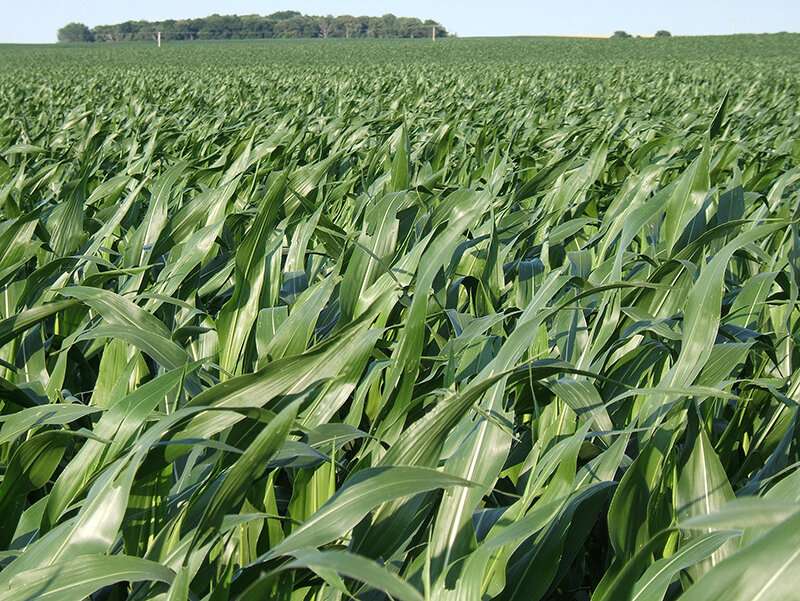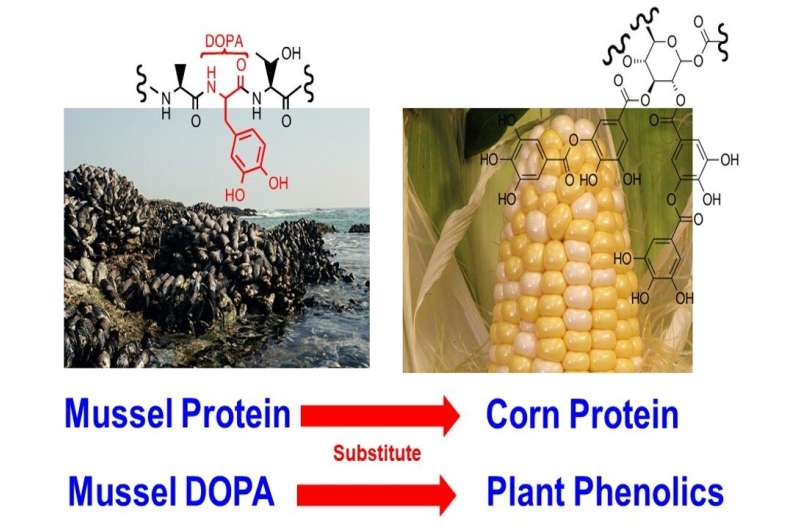Your food may help make stickier, safer glues for laptops, packaging, furniture

You cannot make glue out of a ham sandwich—but you may be able to use the components of that food to create a strong adhesive.
That's the thinking behind technology developed by a group of scientists at Purdue University, who have taken inspiration from the kitchen and the ocean to create strong glues. The team's work is published in the Oct. 8 edition of Advanced Sustainable Systems.
"Adhesives are used in almost every consumer product that we touch each day," said Gudrun Schmidt, an associate professor of practice in Purdue's College of Science, who helped lead the research team. "We would love to leave this planet a better place for the future generations. It turns out creating new adhesives is one way that we will get there."
Schmidt said almost all of the glues used in electronics and other consumer products are petroleum-derived, permanent and often toxic. The Purdue team chose compounds in foods, like nuts, fruits and plants, all of which might have similar chemistry to the adhesives seen in shellfish that stick to rocks.
The team included Jonathan Wilker, a Purdue professor of chemistry and materials engineering, who studies mussels and oysters to create adhesives based on how those shellfish stick to rocks.

"We have created high-performance, tunable adhesives that are nontoxic and degradable," Schmidt said. "We found that some combinations of zein protein and tannic acid could be reacted together in order to generate high-performance adhesives that could be alternatives to carcinogenic formaldehyde used in the glues that hold lots of furniture and other household items together. It would be a big health benefit if we could switch over to bio-based or even food-based adhesives."
Schmidt said other potential applications for the adhesives include cardboard packaging, cosmetics and construction materials like plywood.
More information: Gudrun Schmidt et al. Strong Adhesives from Corn Protein and Tannic Acid, Advanced Sustainable Systems (2019). DOI: 10.1002/adsu.201900077
Provided by Purdue University





















